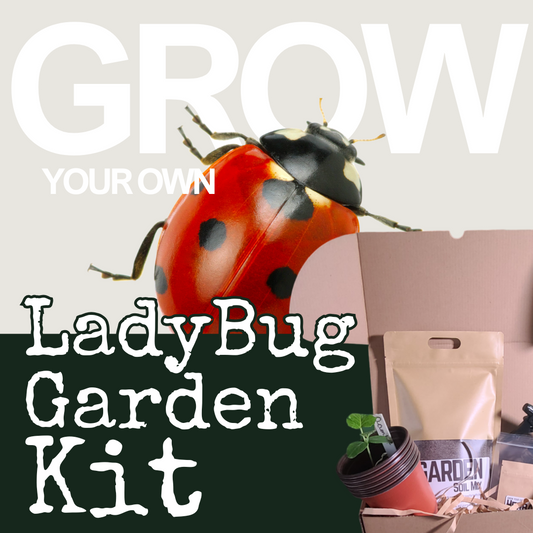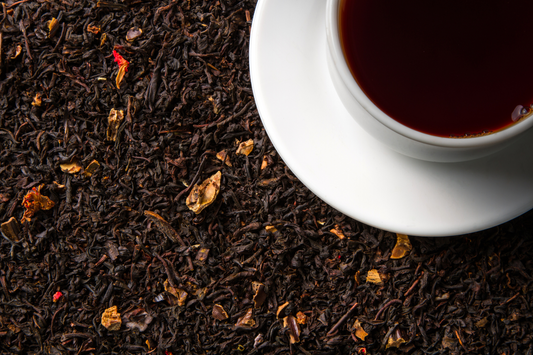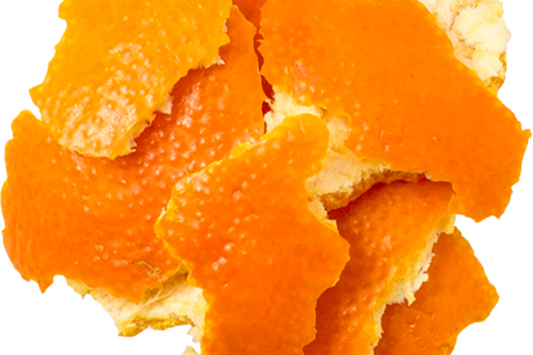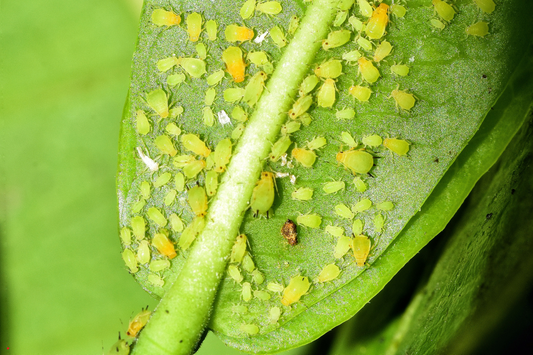Did you know that understanding frost dates is key to a thriving garden? Knowing when to sow your seeds ensures your plants don’t suffer from unexpected freezes.
What Are Frost Dates?
Frost dates mark the estimated last frost in spring and the first frost in fall. Think of them as nature’s calendar, guiding your planting schedule. Sow your seeds too early, and a surprise cold snap could harm your crops. Sow them too late, and they might not have enough time to mature before the cold returns.
Finding Your First and Last Frost Dates
Finding your local frost dates is simple! Search “last frost date [your city/state or zip code]” online for up-to-date information. But don’t rely on the date alone always check the weather forecast for unexpected cold fronts. It’s better to be safe than sorry!

How Frost Dates Affect Your Growing Season
Your growing season is the time between the last frost in spring and the first frost in fall. The length of this season determines which plants will thrive in your garden.
Long Growing Season? You can sow your seeds directly outdoors, using containers or raised beds to extend your season. Raised beds warm up faster than in ground planting, giving you an early start.
Short Growing Season? Consider starting your seeds indoors weeks before your last frost to get a head start on your garden and extend your growing season.
Cold-Hardy Crops
Some plants can handle light frosts and even improve in flavor after a cold snap!
Early Planting: Kale, spinach, and peas can be sown outside a few weeks before the last frost since they tolerate chilly nights.
Frost-Tolerant Vegetables: Carrots, Brussels sprouts, cabbage, broccoli, radishes, beets, and lettuce thrive in cooler temperatures when planted outside.
Starting Seeds Indoors

What Happens If You Ignore Frost Dates?

Key Takeaways
- Check your last frost date but also monitor the weather nature can be unpredictable!
- Start seeds indoors if needed to extend your growing season.
- Plan ahead so you’re ready to sow your seeds when the time is right.
- Use containers or raised beds to get a head start on the season.
- Cold-hardy crops can be planted outside weeks before the last frost.
- Give yourself extra time plan about two weeks beyond your frost date for unexpected weather changes.
Do What Works Best for You!
After awhile, you’ll start to get the hang of when you want to sow different items, and you may even find that some plants can survive even when the frost hits. Gardening is all about experimenting and seeing what works for you. Have fun and happy gardening!






